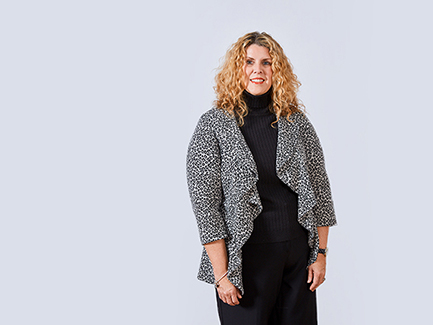We don’t have complete control over our weight. But making small
changes to how we interact with our immediate environment can still
make an impact. From planning healthy meals to staying on our feet, we’ve put
together a list of life tricks that you may find helpful.
Food is
everywhere. Tasty treats stare at you through shop windows. Soda
adverts fill advertising billboards. And the local takeaway pumps air
from the kitchen out onto the street – the smell of instant satisfaction.
We try to eat healthy
food and we try to eat in moderation. But these triggers in our
environment activate our desire to eat energy-rich food. So even though we’re not hungry,
we get into the habit of picking up that extra soda or bagel.
We can’t always avoid these triggers in our wider environment.
Instead, take a look at your immediate environment, such as your home
or office. Research shows that even small changes can make a big
difference and make weight
management easier for you.
Below, we’ve put together a list with some great tips and tricks:






